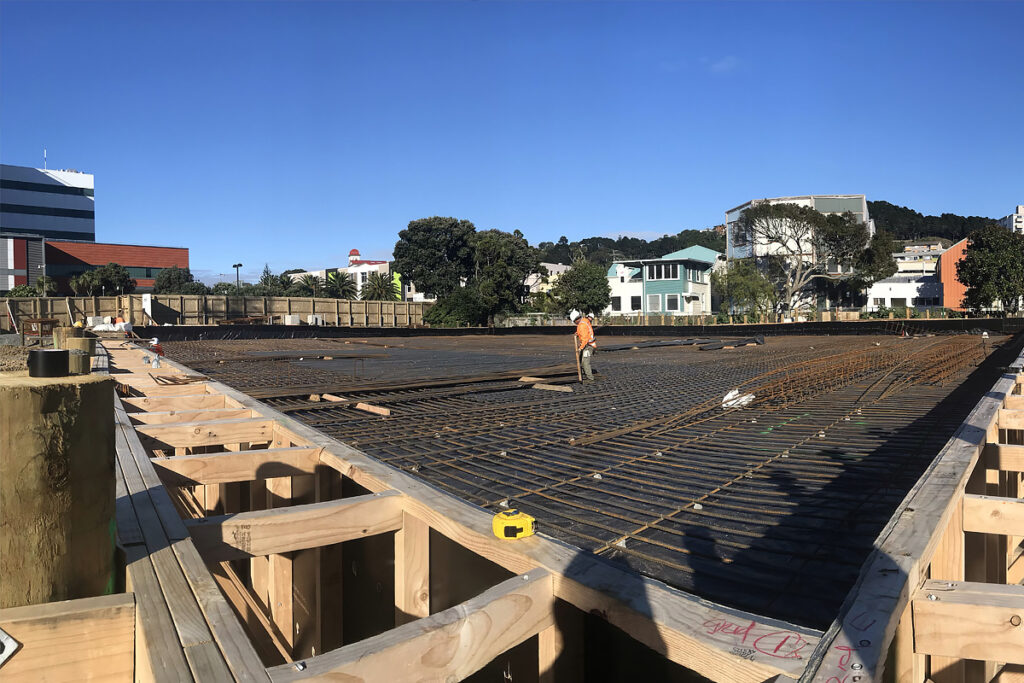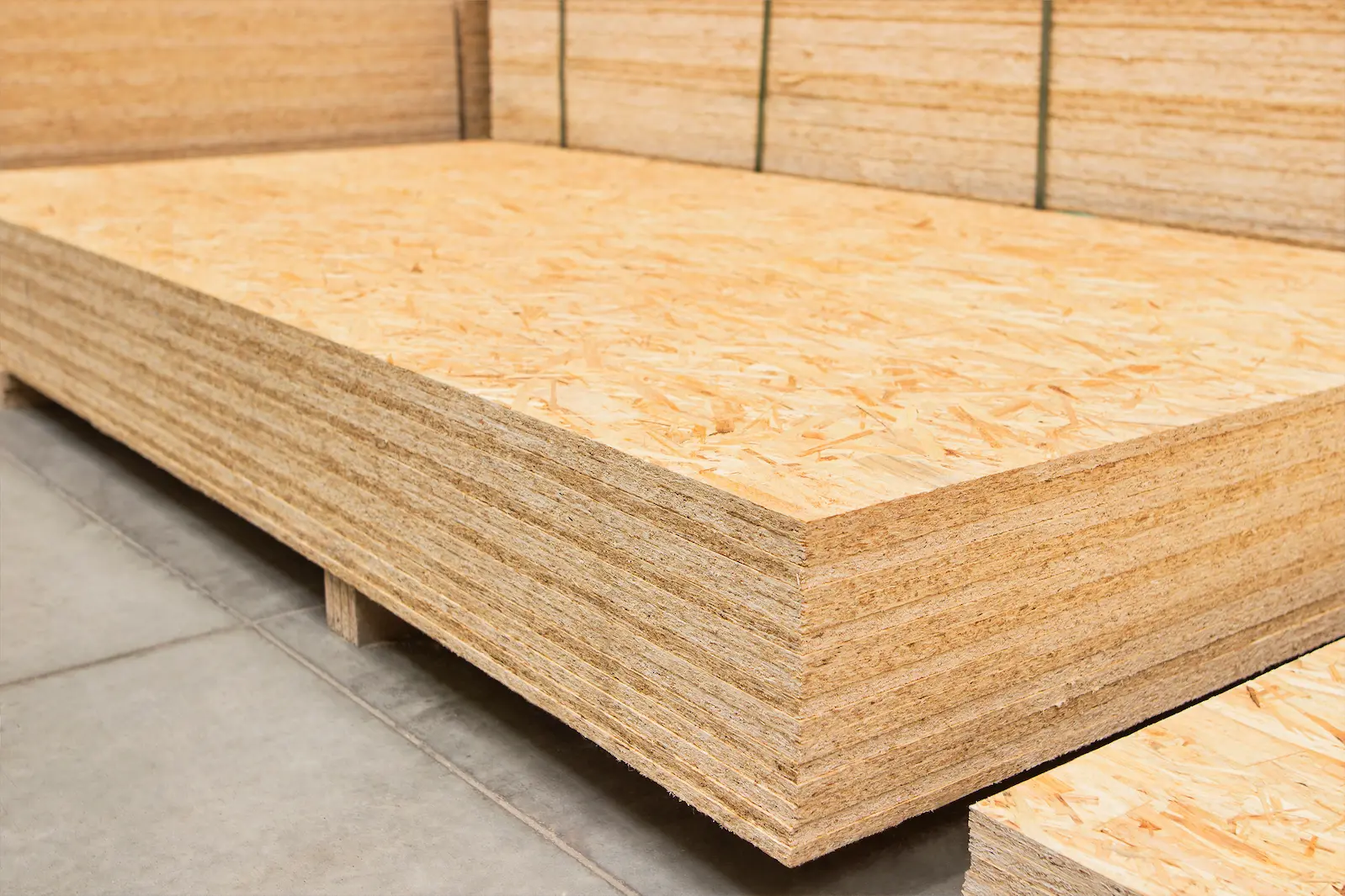Formply is a crucial material in Australia’s construction industry, essential for creating accurate and long-lasting concrete structures throughout the country. This specialised plywood, designed to comply with Australian Standard AS 6669, serves as the basis for formwork systems that shape concrete into various forms.
The Australian construction sector heavily depends on Formply’s unique features:
- Superior surface finish for smooth concrete results
- High load-bearing capacity to support wet concrete
- Waterproof properties for consistent performance
- Reusability across multiple projects
For construction professionals striving to deliver top-notch projects, a thorough understanding of Formply’s uses and specifications is now indispensable. The correct choice and application of formwork plywood can greatly influence project schedules, cost-effectiveness, and structural soundness.
This detailed guide delves into the complexities of Formply, providing you with practical insights to make well-informed choices for your construction endeavours in the Australian market.
What is Formply?
Formply is a type of plywood specifically designed for use in concrete formwork in the Australian construction industry. It is a high-performance material that meets the Australian Standard AS 6669, guaranteeing consistent quality and reliability in its production.
The choice of formwork plywood directly affects project outcomes, from structural integrity to aesthetic finish. Professional builders understand that investing in superior Formply products leads to significant benefits such as:

Composition of Formply
Formply is made up of several components that contribute to its strength and durability:
- Core Layers: Multiple layers of premium-grade timber veneers
- Bonding: Marine-grade phenolic resin
- Surface Treatment: Hard-wearing phenolic film coating
- Edge Protection: Sealed with water-resistant sealant
Manufacturing Process and Benefits
The way Formply is made gives it unique qualities:
- Robustness: The manufacturing process creates a strong panel.
- Waterproofing: The use of phenolic resin ensures excellent waterproof properties.
- Smooth Finish: The phenolic film coating provides a smooth surface for better concrete finishes.
- Reusability: The durable design allows for multiple uses of the formwork.
Core Timber Options and Stress Grades
Australian manufacturers offer Formply in various core timber options:
- Radiata Pine
- Mixed Hardwood
- Full Hardwood
Each stress grade serves specific construction requirements:
- F14: Standard-duty applications
- F17: Heavy-duty construction
- F27: Specialised high-stress scenarios
Weather Resistance and Performance
The hard-wearing characteristics of Formply stem from its phenolic resin treatment, creating a moisture-resistant barrier that prevents water absorption and maintains structural integrity. This protective layer enables the panels to withstand harsh Australian weather conditions while delivering consistent performance throughout multiple concrete pours.
Read more at: Reobar Installation Best Practices for Long-Lasting Concrete Structures
Non-Stick Surface
The film-faced surface creates a non-stick effect with concrete, reducing the need for release agents and ensuring clean stripping after the concrete has set.
Applications and Benefits of Using Formply in Construction Projects
Formply’s versatility shines across diverse construction applications, making it an essential material in Australian building projects.
Civil Engineering Applications:
- Bridge construction and support structures
- Concrete retaining walls
- Underground tunnels
- Column formwork
- Beam construction
- Foundation work
Commercial and Residential Uses:
- Floor slabs
- Architectural concrete features
- Decorative wall panels
- Curved concrete forms
- Lift cores
- Stair formations
The material’s adaptability extends beyond traditional construction into custom furniture design. Its smooth surface finish and variety of colour options create opportunities for: Learn more about adaptability at https://careers.environment.yale.edu/blog/2023/07/27/what-are-adaptability-skills-definition-and-examples/
- Kitchen cabinetry
- Built-in wardrobes
- Commercial fitouts
- Designer furniture pieces
- Architectural wall panels
Key Benefits in Construction:
Durability
- Resistant to concrete pressure
- Maintains shape under heavy loads
- Withstands site conditions
- Handles multiple concrete pours
Weather Resistance
- Protected against moisture damage
- UV-resistant coating options
- Suitable for exposed outdoor use
- Temperature fluctuation tolerance
Cost-Effectiveness
- Multiple reuse capability (8-12 times)
- Reduced material waste
- Lower replacement frequency
- Minimal maintenance requirements
The material’s phenolic coating creates a superior concrete finish, reducing the need for additional surface treatments. Its high-density overlay ensures consistent results across multiple uses, making it particularly valuable for large-scale projects requiring uniform concrete surfaces.
Understanding F14 and F17 Formwork Plywood: Which One to Choose?
The choice between F14 and F17 formwork plywood plays a crucial role in construction project outcomes. These stress grades represent distinct load-bearing capacities and structural properties that suit different applications.
F14 Formwork Plywood
- Stress grade: 14 MPa
- Ideal for: Standard residential construction
- Load-bearing capacity: Suitable for typical concrete pours
- Cost-effective option for basic formwork needs
F17 Formwork Plywood
- Stress grade: 17 MPa
- Superior load-bearing capacity
- Enhanced structural integrity
- Recommended for:
- Commercial projects
- Heavy-duty applications
- High-pressure concrete pours
- Multi-storey construction
The primary distinction lies in their strength characteristics. F17 plywood demonstrates a 20% higher load-bearing capacity compared to F14, making it the preferred choice for demanding construction scenarios. This enhanced strength translates to:
- Reduced deflection under pressure
- Better concrete finish quality
- Increased safety margins
- Extended service life
The selection between F14 and F17 depends on specific project requirements. While F14 serves well in standard applications, F17’s superior strength properties make it essential for projects requiring enhanced structural performance and durability. Click here to find more about durability.
Exploring LVL Formwork in Australia: Applications and Cost Benefits
Laminated Veneer Lumber (LVL) formwork has transformed construction practices in Australia, offering versatile applications and cost-effective solutions. This engineered wood product provides excellent strength-to-weight ratios, making it suitable for both vertical and horizontal construction elements.
Vertical Applications:
- Load-bearing walls
- Column formwork
- Lift shaft construction
- Retaining wall systems
Horizontal Applications:
- Suspended slabs
- Bridge decking
- Beam supports
- Floor systems
The engineered composition of LVL formwork allows for significant strength improvements compared to traditional timber formwork. The manufacturing process aligns wood fibres uniformly, creating a product with up to 50% greater strength than conventional timber of similar dimensions.
Cost Benefits:
- Reduced material wastage
- Lower labour requirements
- Extended reuse cycles (up to 15-20 uses)
- Decreased transportation costs due to lighter weight
The dimensional stability of LVL formwork minimises concrete surface defects, resulting in superior finish quality and reduced remedial work. Australian builders report labour cost savings of 15-20% when using LVL formwork systems compared to traditional methods.
The precision engineering of LVL formwork also enables faster construction cycles. Projects using LVL formwork systems often experience 25-30% reduction in formwork assembly time, directly impacting project timelines and budget efficiency.
Maintenance Tips for Ensuring Longevity and Reusability of Formwork Plywood
Proper maintenance of formwork plywood extends its service life and maximises return on investment. A well-maintained sheet can be reused up to 15-20 times, creating substantial cost savings for construction projects.
Essential Maintenance Practices:
- Clean sheets thoroughly after each use with pressurised water
- Remove concrete residue immediately using appropriate scrapers
- Apply release agent evenly before each pour
- Store panels flat in a covered area away from direct sunlight
- Protect edges from impact damage during handling
- Seal any exposed edges with waterproof coating
- Repair minor surface damage promptly with approved fillers
Reuse Benefits:
- Reduced material costs across multiple projects
- Lower environmental impact through decreased waste
- Consistent concrete finish quality
- Improved project sustainability credentials
- Significant reduction in procurement expenses
Storage Requirements:
- Stack horizontally on level ground
- Use evenly spaced bearers for support
- Keep panels away from moisture and extreme temperatures
- Cover stacks with waterproof sheeting
- Maintain adequate ventilation to prevent mould growth
Regular inspection between uses helps identify potential issues early. Check for delamination, surface damage, and edge deterioration. Panels showing signs of severe wear or structural compromise should be retired from service to maintain safety standards and concrete finish quality.
Common Issues with Formwork Plywood During Concrete Pouring: Identification and Resolution
Successful concrete pouring relies heavily on properly functioning formwork plywood. Here are critical issues to watch for and their solutions:
1. Leakage and Bleeding
- Identification: Concrete slurry seeping through joints or edges
- Resolution: Apply appropriate form release agents and ensure tight sealing of joints with foam tape or flexible sealant
2. Form Deflection
- Identification: Visible bowing or bulging during concrete placement
- Resolution: Install additional bracing or supports, reduce pour rates, check plywood thickness specifications
3. Surface Bubbling
- Identification: Air pockets forming on concrete surface
- Resolution: Use vibration techniques during pouring, ensure proper concrete mix consistency
4. Panel Separation
- Identification: Gaps appearing between adjacent panels
- Resolution: Reinforce connection points, use appropriate tie systems, verify proper panel alignment
5. Surface Damage
- Identification: Scratches or dents on formply surface
- Resolution: Apply protective coating before use, handle panels with care during installation
6. Hydrostatic Pressure Issues
- Identification: Form failure due to excessive concrete pressure
- Resolution: Calculate maximum pour heights, implement proper pour rates, use appropriate form ties
Regular inspection during the pouring process helps identify these issues early. Quick intervention with the right solution ensures optimal concrete finish and maintains the structural integrity of the formwork system.
Conclusion
High-quality Formply is essential for successful construction projects across Australia. Its durability, versatility, and cost-effectiveness make it a must-have material for builders and contractors who prioritise excellence in their work.
- Reduced material replacement costs
- Enhanced concrete surface finishes
- Improved project timelines
- Increased safety standards
Covert Procurement is changing the Australian construction industry by providing access to top-quality formwork plywood. Our commitment to quality assurance and competitive pricing helps construction professionals achieve outstanding results on every project.
In addition to Formply, we also offer a range of other high-quality construction materials. Our Structural Laminated Veneer Lumber (LVL), engineered to meet the highest standards in the construction industry, is a testament to our commitment to quality. Furthermore, we provide Chain & Shade Mesh, which is fireproof, UV-treated, and hot-dipped galvanized for lasting protection.
Safety is paramount in any construction project. To ensure that, we also supply Reo-Bar Safety Protection Strips that protect people from exposed reo bars with their durable and UV-resistant design.
Ready to elevate your construction standards? Explore Covert Procurement’s range of high-performance Formply products and other essential materials, engineered to meet the demanding requirements of Australian building projects.
Tags: formwork lvl, lvl beam, lvl construction, lvl formwork timber, lvl timber buy, lvl timber formwork, timber lvl formwork prices
